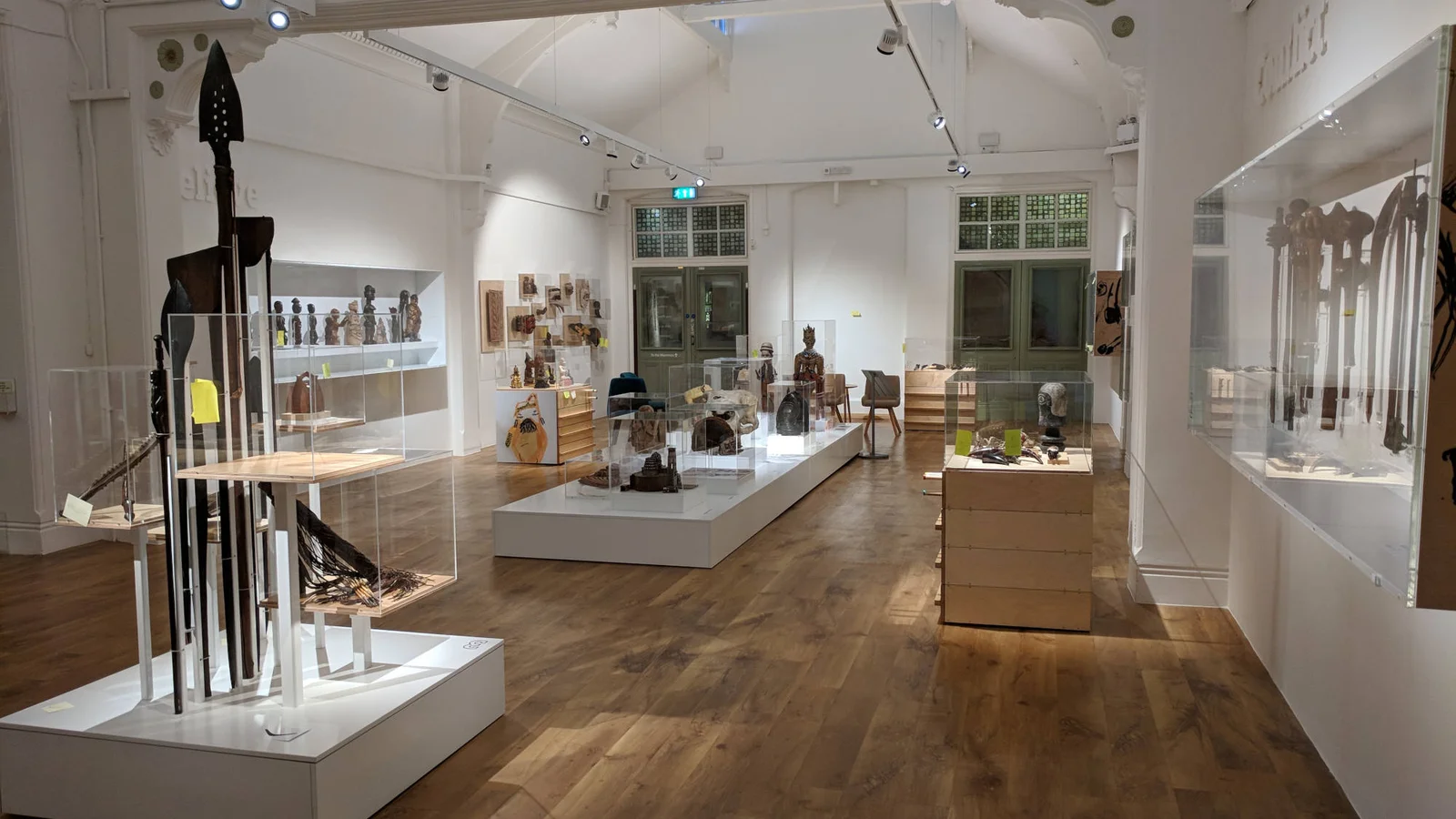During a time of turbulence and stress, how can we stay emotionally healthy and connected to ourselves and those around us? What kinds of coping are normal and helpful? How might we develop strategies to ensure that we don’t slide into trauma or deep distress? In the museum context, how can we promote wellness and resilience within ourselves, with our colleagues, and for our communities?
In this session, for the Ontario Museums Association Annual Conference, I explored these themes and suggested several strategies for cultivating mental health and wellness in museums, building capacity within organizations and teams, and directing the stress of the moment toward healthy outcomes for everyone. A pandemic is stressful to be sure — but at the same time, we all have deep reserves of resilience and capacity. It’s easy to forget this, in the context of our modern lifestyles. We are, most of us, insulated from the challenges of our ancestors. We don’t have to run from wild animals or keep fires burning long into the night to watch for danger. We’ve worked hard to leave those challenges behind, to lift ourselves from the daily stress of the ancients. But we are the same as the ancients: our bodies, our evolutionary adaptations, our brains: these systems are the same as they’ve been for hundreds of thousands of years — and they are tuned, with exquisite precision, to deal with significant and ongoing stress. We are built to get through tough times. If we weren’t, we wouldn’t still be here.
In this presentation I talked about our evolutionary heritage, the habitual stress responses of the human nervous system and body, and the ways we might get through the pandemic most effectively. I also talked about how we get stuck in nervous system patterns that often come easily to us but do not serve us well in the long run: depression, anxiety, addiction, trauma, and so on. (I talked about drinking, a sensitive subject for many in the best of times but certainly right now.) I explained that these patterns in the nervous system are adaptive and instinctive coping mechanisms in the face of stress, and I suggested ways of identifying our own risks and vulnerabilities in these areas. I recommended various strategies that we can use to support ourselves and one another as we move through these challenges.
And finally, I spoke about what museums might do, right now and in the coming months, to best support their communities both within museums and beyond. I talked about healthy practices and pathways, with a particular emphasis on the unique capacities of museums to inspire awe, wonder, creativity, and healing.
This was a fun and engaging presentation (offered virtually, of course). I am consistently heartened to see the many ways in which museums are focusing on health and wellness as foundations of their work.
